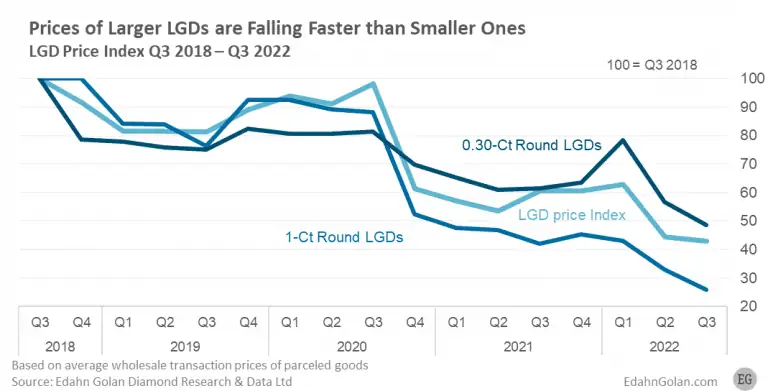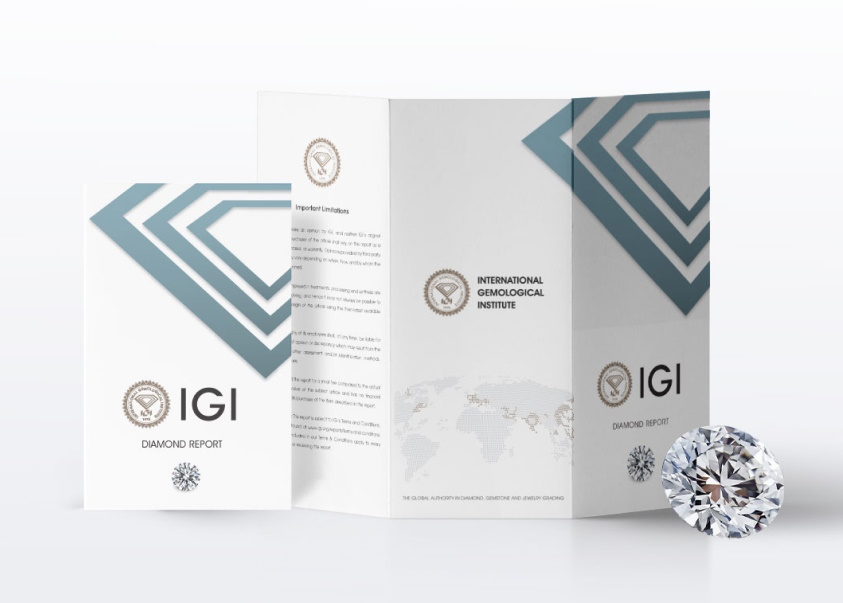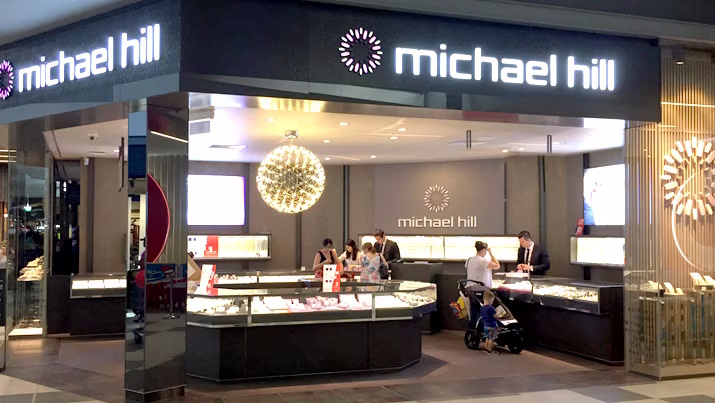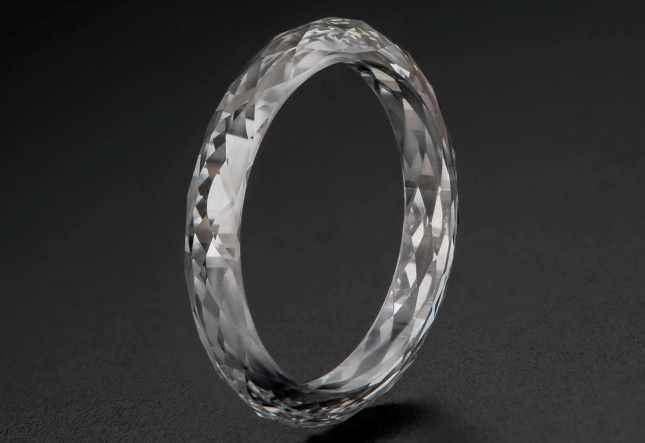The past 18 months in the diamond and jewellery industry certainly have been a rollercoaster ride. March of 2022 saw natural diamond prices reach dizzying new heights, before coming crashing down again to currently be about ten percent below 2019 prices. At the same time, the prices of lab grown diamonds have come down by 90 or more percent over the last four years due to the market being flooded with supply, thus spurring huge demand for lab grown diamonds. This has prompted diamond tzar Martin Rapaport to label the situation as “serious” and that the threat posed by lab grown diamonds will “significantly impact the generic non-branded B2B diamond markets”. However, the question still remains whether lab grown diamonds will have a lasting impact on the natural diamond market, or will the novelty wear off?
How Much Will Lab Grown Diamonds Go Down By in Price?
Rob Bates of JCK recently gathered a bunch of predictions from the past five years about lab grown diamond prices from a bunch of lab grown diamond shills. It turns out they all predicted lab grown diamond prices would either stabilise or go up in price. An absolute pearler is this one from Diamond Foundry CEO, Martin Roscheisen in 2019:
“There is presently a massive shortage in the supply of lab-grown diamonds, which is causing a price increase. We believe this shortage will persist for several years.”
Obviously, they were all wrong and lab grown prices have absolutely collapsed. The question is now how much can they go down by? My prediction is that lab grown diamond prices will become linear – that is, a two carat round brilliant will cost double that of a one carat and so on. As opposed to the natural diamond market where larger diamonds are exponentially more expensive that smaller diamonds. The question then becomes at what price does lab grown rough bottom out at? US$10 per carat, maybe US$20 per carat? If this happens, with polishing costs only around US$20 per carat from smaller manufacturers in India, we could see high quality lab grown diamonds retail at the US$100-150 per carat mark in the very near future.

Above: Chart of lab grown diamond prices.
Grading and Certification of Lab Grown Diamond
In this race to the bottom, manufacturers, wholesalers and retailers alike will look to way to cut costs. The elephant in the room in terms of lab grown diamond prices is the cost of certification. At the time of writing, IGI, the Blackstone owned certification company that is dominant in the lab grown space charges around US$40 for their basic certificate for a 1ct lab grown diamond. Paying US$40 for a certificate won’t become viable when the cost of the diamond itself is US$40 or less itself. Therefore, I expect lab grown diamonds to adopt a different approach to grading, with only the highest value lab growns being individually certified. Most likely they will be graded much like melee diamonds (small diamonds commonly set around or on the side of a centre diamond) are graded, that is in vague terms such as “F-G/VS” quality. However, other scales such as “AAA quality” may also be used, most likely by more unscrupulous dealers.

Above: IGI certificates
Will Lab Grown Diamonds Replace Natural Diamonds?
As stated earlier, there are some in the industry in a state of panic over the lab grown threat. The fact is, natural diamonds will always maintain both their monetary value (though prices will always fluctuate) and their perceived value in the eyes of consumers as a luxury product. Therefore, those predicting the demise of natural diamonds will be sorely disappointed in a few years when this doesn’t eventuate.
Most likely is that the lab grown diamond market will replace the lower value end of the engagement ring market as well as the “general jewellery” market. We’ve already seen evidence of this with jewellery chain Michael Hill now focusing on lab grown diamonds, presumably to replace their low quality natural diamond offerings. In my own experience, I have witnessed more and more customers opt for a large lab grown diamond in their engagement rings, rather than a smaller, say half a carat natural diamond. Likewise, a lot of our customers are now buying lab grown diamonds for earrings, pendants and dress rings, or what I call “general jewellery”.

Above: Chain stores like Michael Hill will increasingly sell lab grown diamonds.
Lab Grown Opportunities – New Types of Jewellery
The price of lab grown diamonds has most certainly created opportunities for new types of jewellery. Already, we have seen an entire ring made from a lab grown diamond. Just recently, fashion jewellery chains Pandora and Swarovski, who are well known for their CZ adorned jewellery have both announced lab grown diamond ranges. There is now even talk of diamond jewellery becoming a thing in platonic relationships.
With lab grown diamond prices where they are and constantly falling, the possibilities are endless. Not just in jewellery, but everyday products – phones, cars, computers, heck, we may even see diamond laced alcohol, in the same way there’s gold leaf alcohol.

Above: Ring made entirely from a lab grown diamond.
Lab Grown Diamonds Are Not Natural Diamonds
Whilst lab grown diamonds are most certainly here to stay and will fill certain, possibly exciting niches, there will come a time in the next year or two when both the novelty wears off and the price will come down to the point where it will simply not be viable to treat them like their natural counterparts. At that point, natural diamond prices will start to rise again, allaying fears that many in the industry currently have.
When lab grown diamonds become the mainstay of fashion jewellery companies such as Pandora and Swarovski, it will be clear that they aren’t really a luxury or “aspirational” product, and consumers will revert back to natural diamonds for engagement rings, except of course for the “low value” of the market.
Retailers that seem to have popped up overnight basing their business on lab grown diamonds are obviously in for a shock when the price of lab grown diamonds bottom out and pricing in the hundreds of dollars per carat becomes the norm
Above: Such efforts made buying a lab grown diamond will not be possible when prices below a certain level.
So whilst lab grown diamonds are all the rage at the moment causing a lot of angst within the entire industry, it is important to realise, for both consumers and industry professionals, that, at least in terms of pricing, they are a new product, providing very real competition to a luxury product in natural diamonds. However, as prices come down, their “lustre” will wear thin and just like with moissanite and so-called “diamond simulants” of the past, their appeal as a luxury and aspirational product will be severely limited.